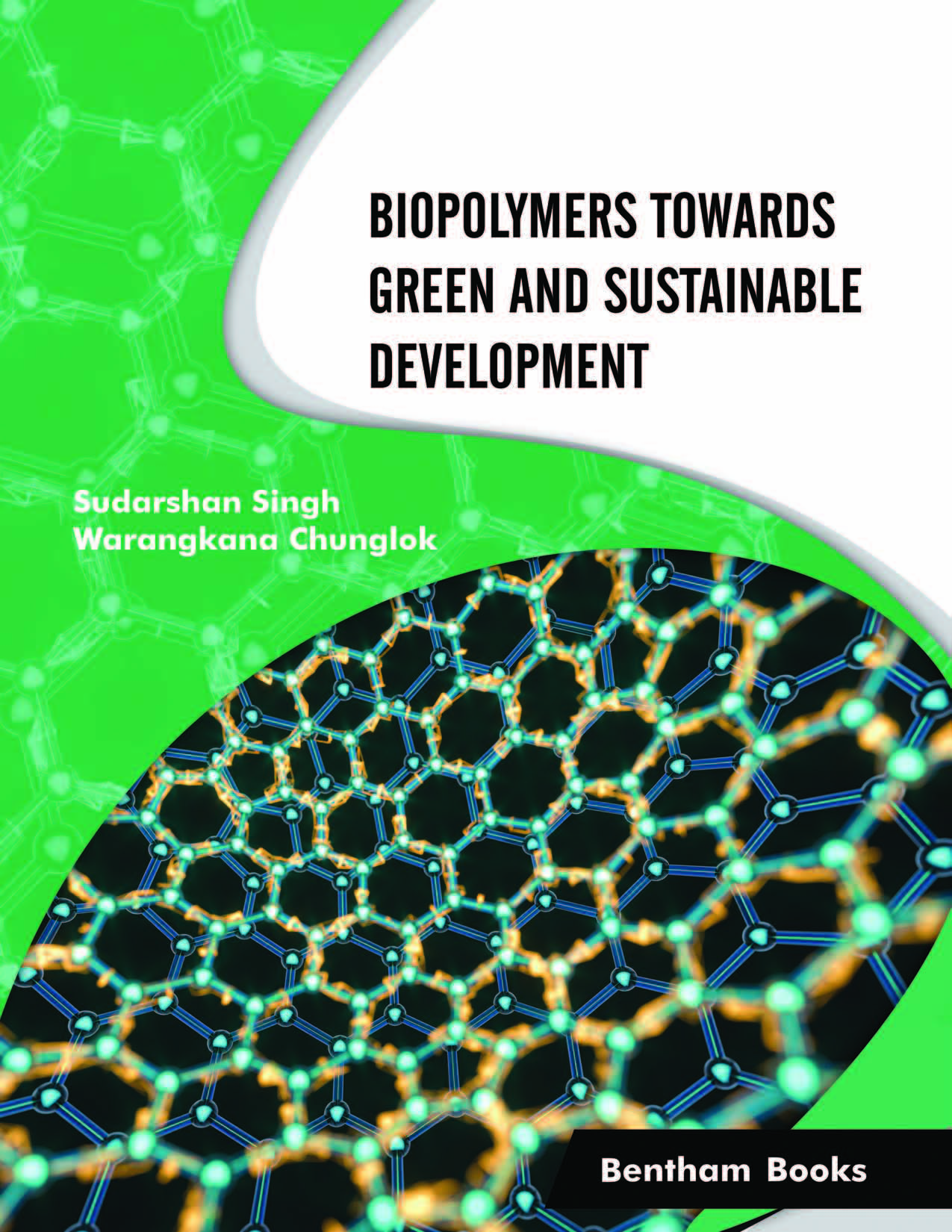Introduction
Bio-based polymers are materials that are produced from renewable resources. Their biodegradable properties are the driver of worldwide interest among researchers and manufacturers in recent years due to the demand and need for alternatives to fossil fuel based polymers. The use of biodegradable polymers creates a sustainable industry. In contrast, the raw materials for synthetic polymers derived from petrochemicals will eventually deplete and most of them are non-biodegradable. Despite these advantages, bio-based polymers account for only a tiny fraction of the total global plastic market.
Non-biodegradability issues of synthetic pharmaceutical inactive ingredients strongly emphasized innovators towards the development of biopolymers. Recently natural biodegradable excipients gained significant attention due to their sustainability and engineered applications. Innovative technologies to transform these materials into value-added chemicals via novel graft-polymerization or co-processing techniques for the production of high-performance multifunctional and low-cost polymers with tunable structures are key parts of its sustainable development.
Biopolymers Towards Green and Sustainable Development
elaborates on important issues that surround bio-based polymers. It gives the reader an overview of biopolymers, the impact of non-biodegradable polymers on the environment and health, emerging sources of biodegradable polymers, structural and morphological characterization techniques, thermomechanical properties, biodegradable plastics from biopolymers, pharmaceutical, biomedical, and textile applications, and pharmacokinetics and pharmacodynamics. with a brief on bibliometric. Moreover, a brief bibliometric meta-analysis on bio-based pharmaceutical excipients provides an update about teams involved in the development of polymeric research that may be of interest to anyone who wants to work on sustainable biopolymer projects.
Key Features:
- provides an updated summary on recently discovered natural polymeric materials
- gives a thorough breakdown of the vast range of biopolymer applications including fabrication of conventional and novel drug delivery, polymeric scaffolds, composites, microneedles, and green synthesis of metallic nanoparticles,
-summarizes pharmacology and pharmacokinetics of the inactive pharmaceutical ingredient and excipients
- presents a bibliometric meta-analysis indicating potential collaboration between country, organization, institution, and authors with a view on recent ongoing trends with biopolymers.
Audience:
Researchers and biochemistry / pharmacology graduates who are working on biopolymers and pharmaceutical excipients

